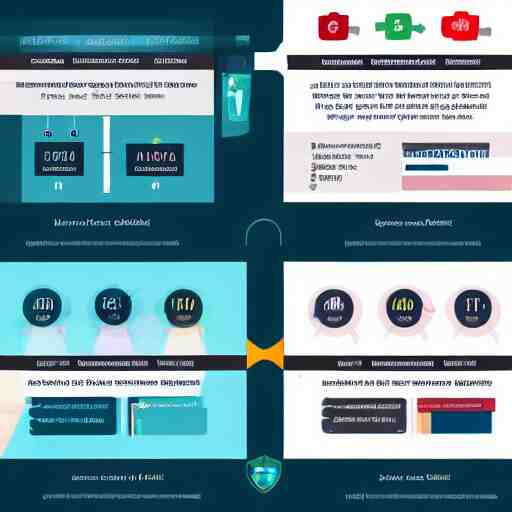Also, it will allow you to precisely identify your audience, find out the compatibility of your traffic with some specific target groups and much more. This all means that you can get information about your page’s behavior and learn more about the interactions your site receives.
But surely you are asking yourself: “Do I really need all this information?”. The answer is yes! Each business and marketing strategy relies on accurate data and information from your website. Because, if you want to succeed in the marketing world, then you must know your users, their needs and how to attract customers to your product or service, or in this case, your site.
What does site traffic monitoring?It allows you to watch and analyze the flow of people visiting your site, visitors’ activity online, as well as their levels of engagement with content on your site. That way you will be able to understand what is working and what is not working too. Which in turn allows you to make decisions about how to improve your marketing campaigns, optimize conversions and increase sales.
Beginner Guide For Using A Site Traffic Checker API
Using this API you can get information on where the traffic is coming from, but also on which pages are receiving the most traffic. You can use it to see which are the keywords that drive more traffic to your site as well. You can use it, for example, to see which articles are getting the best results and optimize them so they get even more traffic in the future. In addition, you can use it to check which pages have a high bounce rate and work on improving them so that users stay longer on them.
This API allows you a greater insight into your website or web page visitors. With data about where they come from (
This API will provide you with information about site traffic analytics. From what countries are visiting and related sites by category.
To make use of it, you must first:
1- Go to Advanced Site Traffic Tracker API and simply click on the button “Subscribe for free” to start using the API.
2- After signing up in Zyla API Hub, you’ll be given your personal API key. Using this one-of-a-kind combination of numbers and letters, you’ll be able to use, connect, and manage APIs!
3- Employ the different API endpoints depending on what you are looking for.
4- Once you meet your needed endpoint, make the API call by pressing the button “run” and see the results on your screen.



